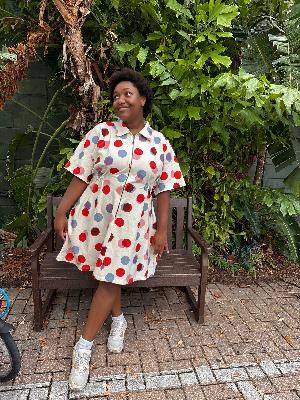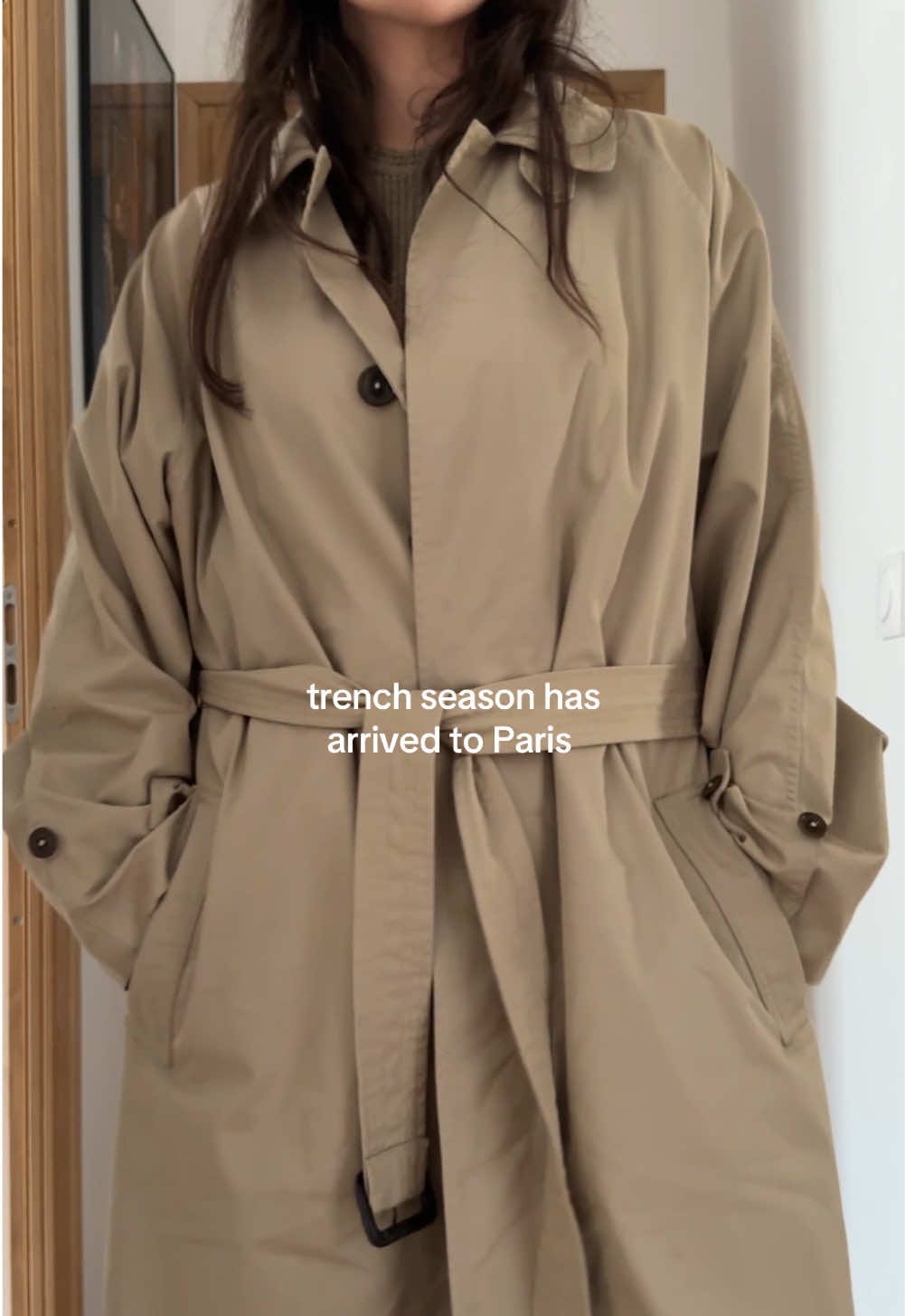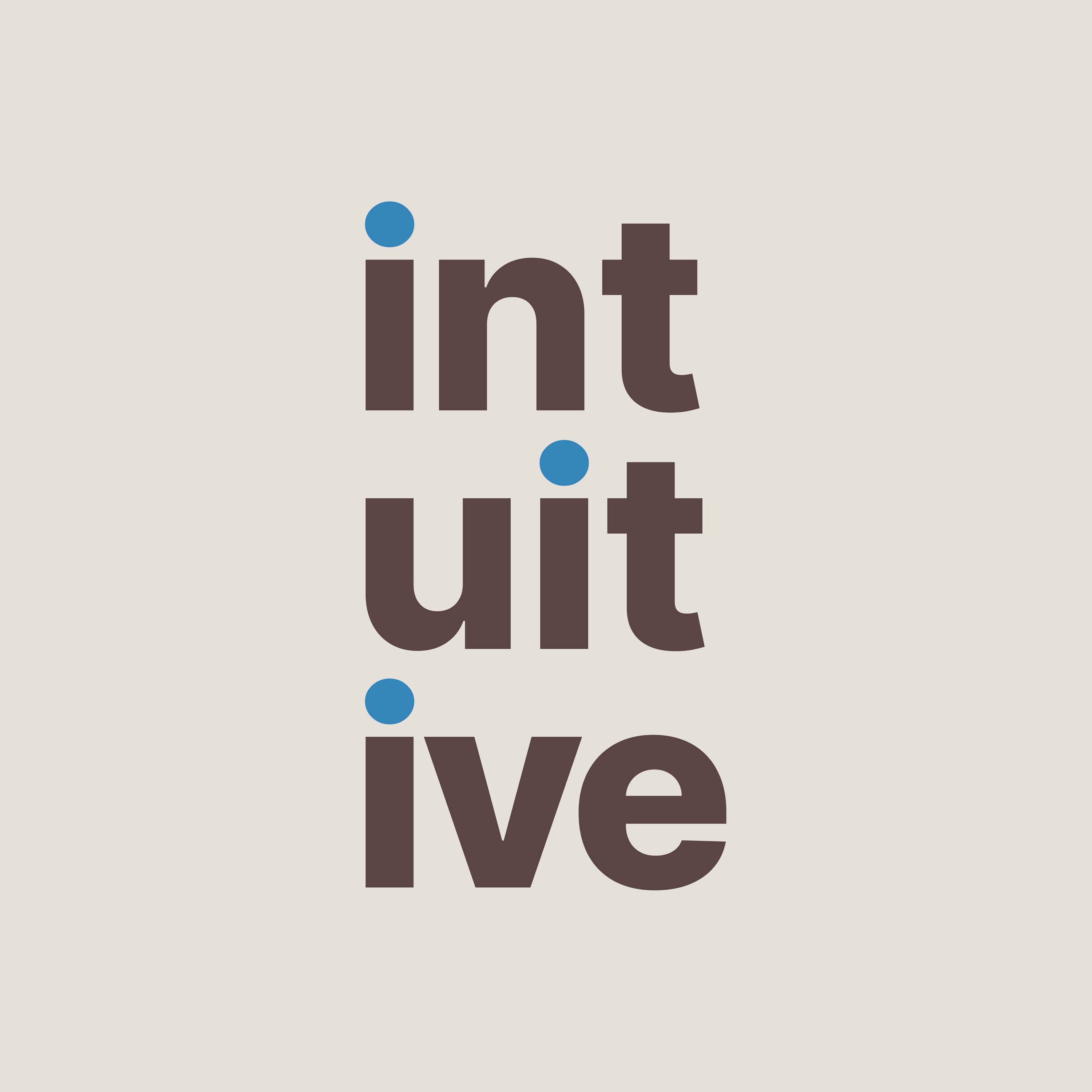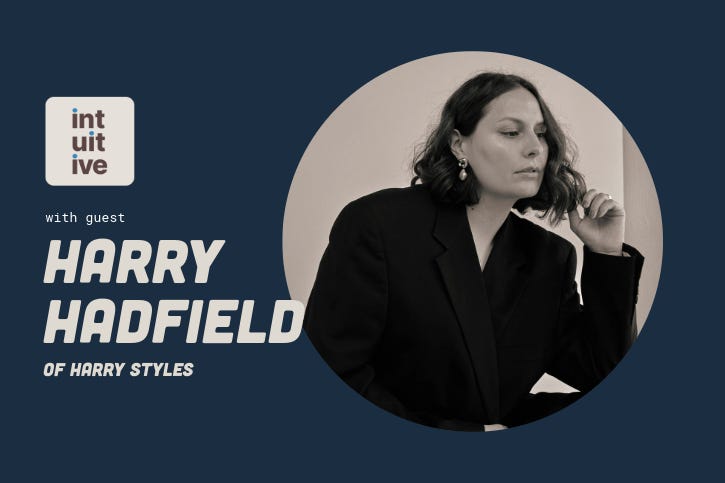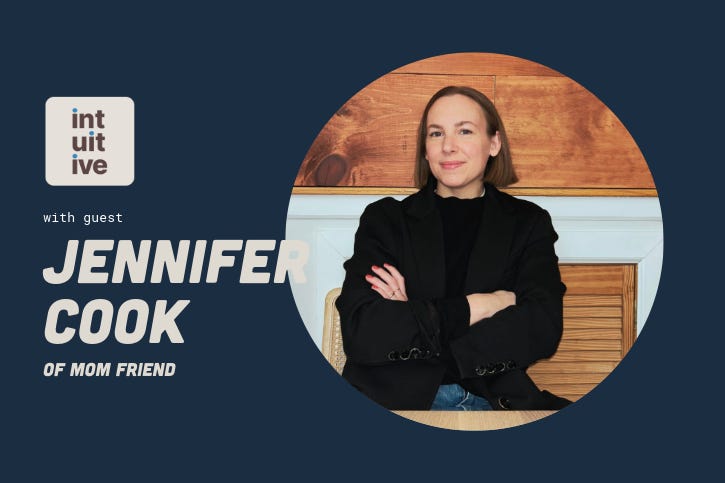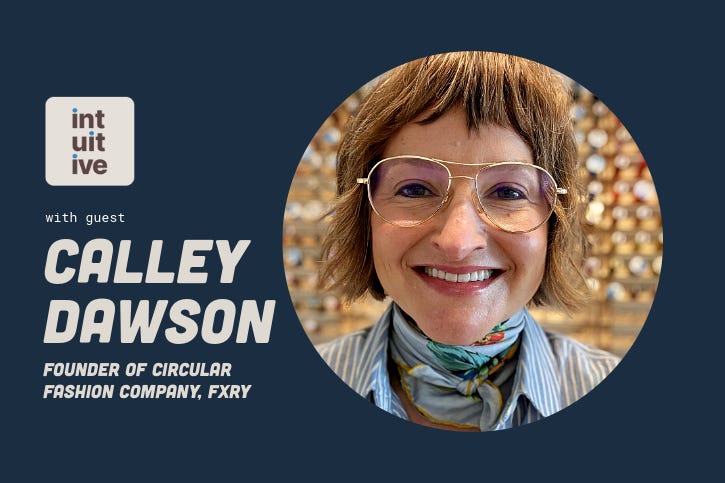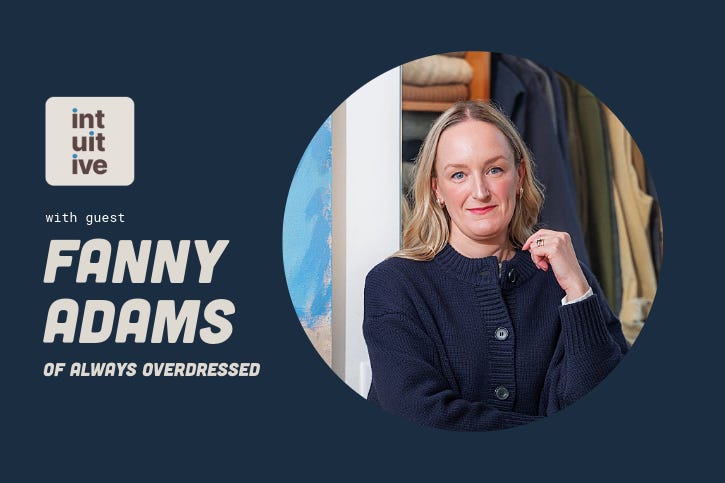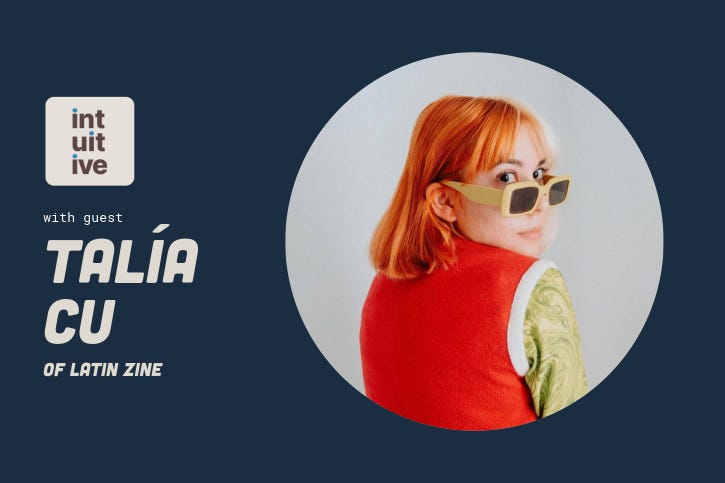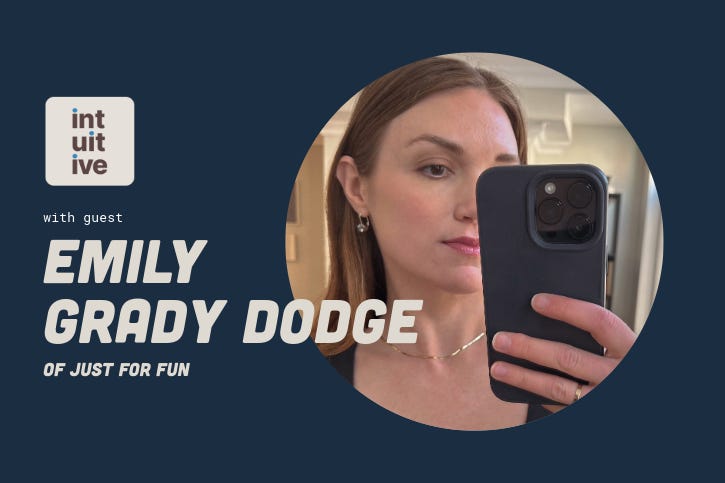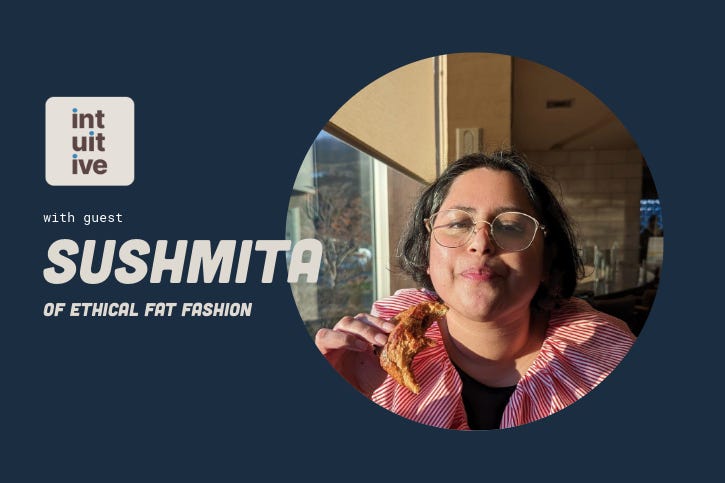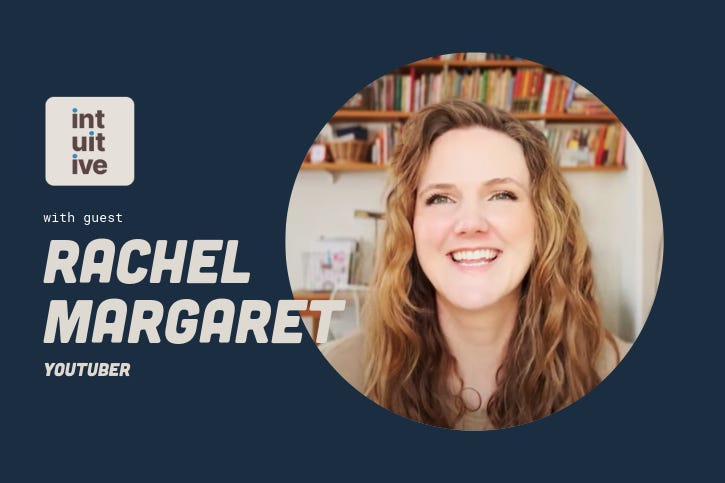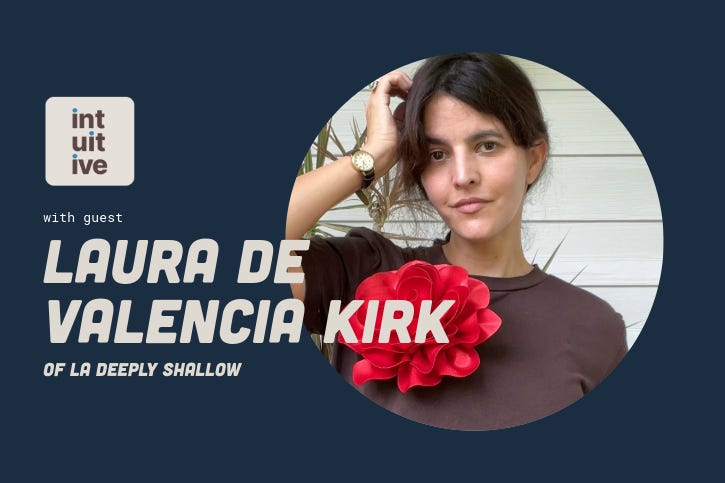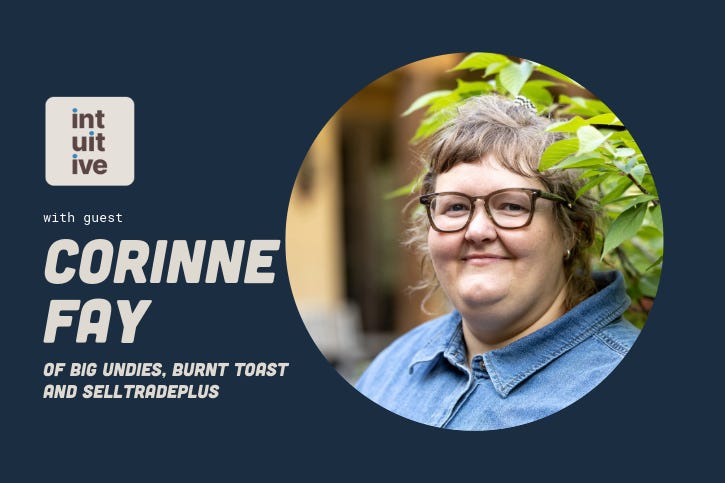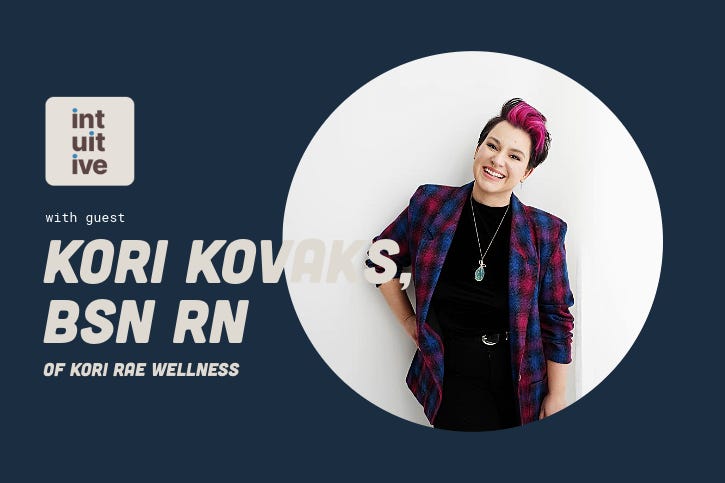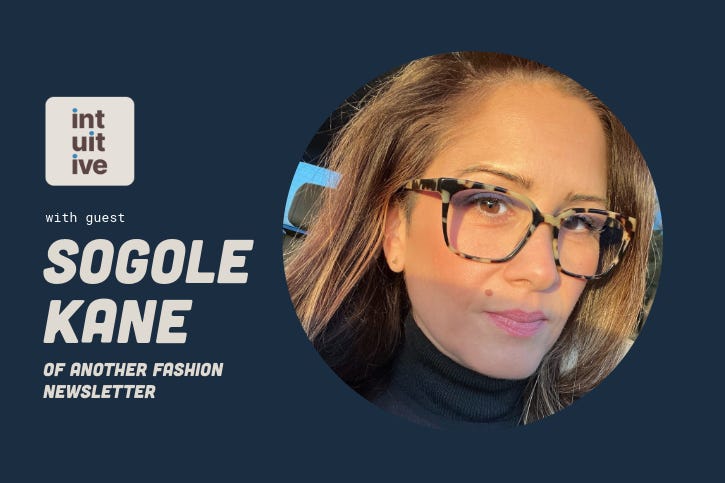Episode 10. Shopping secondhand first, with Tina from Semi-Sustainable
Description
Episode Transcript
This transcript has been edited for clarity.
You're listening to Intuitive Style, where we believe that everyone has style. In conversation with fantastic guests, we explore how to tap into our style intuition so that we can dress authentically and live fully. Today's guest is Tina from Semi-Sustainable. Tina is a fashion industry veteran who is about to graduate with her MBA. You know her from her nuanced takes on what it means to shop and dress sustainably and her gorgeous fashion week roundups. Tina, welcome to the show.
Tina
I am so excited to be here. Thank you so much for having me. And can I say I have loved all of your past episodes. You've made my Fridays so much more exciting.
Maureen
Oh, I'm so happy to hear that. It's been so fun to make and just a quick shout out to all the guests who have made it possible!
I'm so happy to talk today. I know we've had a chance to connect a little bit beforehand, so I'm just happy to hear even more from you about your personal style. For anyone who hasn't had a chance to read your column yet, can you describe what Semi-Sustainable is all about and how you got into the sustainable fashion world, specifically?
Tina
Totally. You know, I'll even work my way backwards to that question. So I have always worked in traditional fashion. I started as an omni-channel jewelry and accessories buyer, which is where my heart loves is categories to buy. And then I moved into apparel. And as e-commerce was heating up, I was given this opportunity to work in buying and site merchandising on the online side of the business. And I really loved that. But during that time, I never quite absorbed fashion's impact on the planet.
So when I was starting out, the emphasis was on high-low dressing and being a smart shopper meant you bought from fast fashion. You bought something from a designer and you had this well-rounded wardrobe. And it was in 2018 that I went to a panel talk given by Mara Hoffman's team, and they talked about how they really transform their supply chain to be more sustainable. And they went into great detail about how fashion harms the planet and what they were doing to really take away some of that impact. It was so eye-opening for me.
And after that, I kind of started down this pathway of making changes in my fashion consumption. So it was not overnight by any means, but you know, at the time I was a big Zara shopper and I really worked to slow that down and put more thought into how much I was buying. And for me, what worked in my favor, I was on the earlier side of shopping the RealReal. I've been shopping there for eleven years now. You know, first because, and then I could afford all the designer pieces that I would have loved to have in my budget. And then over time it, because it was more circular and I've shifted a lot of my purchasing to secondhand. Over the last five or six years.
I was on the earlier side of shopping the RealReal. I've been shopping there for eleven years now. I could afford all the designer pieces that I would have loved to have in my budget.
Then for Semi-Sustainable, I started it last fall as my innovation project. For my MBA program and we were able to get approval to work on anything that would really help grow or advance our careers. And I know I would love to work and some kind of sustainable arm of the fashion industry, especially if there's a tech component in there. So, you know, as far as Substack, I had subscribed to newsletters here and there over the last few years, but I really thought they were more of the silo of newsletters and I didn't realize there was this whole fashion Substack universe. And when I got into it, I was hooked. So I started Semi Sustainable as a way to talk about a subject that I love, but also ways we can be more responsible in our consumption. So for me, that's mostly buying secondhand and not new or what I like to call firsthand. And, you know, I don't think fashion and sustainability are these mutually exclusive concepts. You look at brands like Ganni, for example, and you can see it's possible to do or be both.
Maureen
Yeah, I love that. Can you speak a little bit more about, you know, why semi-sustainable rather than fully sustainable, for example?
Tina
I love to say that I could never call this like fully sustainable because it's almost impossible in today's world. If you buy something new, you're manufacturing a new product made out of new materials. It's impacting the planet. So. You can take ways to make it a little more sustainable in your life, whether it's buying secondhand, reducing your consumption, or even outside of fashion. I try to think of ways I can try to reduce my consumption.
What kills me is plastic. I have done a lot of research into plastic for my MBA program. So I'm always the person trying to. Find ways to actually recycle my beauty empties through Sephora or take my plastic packaging back to the grocery store in the hopes that it might be made more circular. So just trying to take those steps, knowing that unless you probably never buy anything again, you'll never be a very fully sustainable person.
Maureen
I love that nuance. I mean, yeah, I think just bringing that nuance and that understanding that full sustainability isn't really even realistic. I resonate with that so much, and Intuitive Style is about is letting go of perfectionism and just seeing those places where perfectionism isn't even possible.
I did want to go back a little bit to that talk by Mara Hoffman. I know that was a while ago, but is there anything that comes to mind that like you remember from that talk that just like really struck you as, ‘sustainability is important and it's possible?’
Tina
You know, I think where they were talking a lot is some things that I knew a little bit more because of my fashion background. So they talked about how they changed their printing processes to use less water or how they'd work with their manufacturing teams to. Have less fabric wasted wastage and that really resonated with me since as a buyer I was working a lot with production team or factories and it makes you realize how much all the things you make as decisions as a buyer add up. to impact the planet. So, I think for me, like having both the fashion background and then being a little interested in sustainability at the time really worked together to make me realize, whoa, there's, there's so much that I can do to pull back my own consumption. And hopefully, you know, one day getting into this career where I can work in a more sustainable way, you know, hopefully for a secondhand brand or a fashion tech brand that's really helping to make fashion more circular.
Maureen
Yeah, super cool. I know that you also worked for a trend forecaster, uh, in the past, sometimes a hidden part of the fashion industry. Can you think of any ways that experience has influenced your perspective on the fashion community at large?
Tina
Yes. So as you said, I worked at a leading global trend forecasting agency and I was a brand consultant there and the trend forecasters were incredible. They did so much deep dive research. And what people sometimes think of trend forecasting is very different from what it is. So trend forecasting is this really complex and nuanced topic. Not just what's going down the runway, but there's these cultural forces that are constantly shaping fashion and what we wear. Um, you know, one of the things we're all familiar with is Y2K dressing. I think especially amongst Gen Z. And it really stems from this phenomenon called anemoia, which is nostalgia for a time you've never experienced. So you see Gen Z growing up during a period of extreme change and upheaval, and they were able to find comfort in this nostalgic clothing that maybe their parents wore or they'd look back in movies and it would just be this really comforting kind of way to express themselves through style.
Maureen
That's really interesting. Like, and I think it's so, so important to always think about that cultural aspect of how we get dressed because, I would never say that the choices that I make for what I wear are in a vacuum, right? Like, I can't really distill down my choices and be like, yeah, that's a hundred percent me, babe. Like, you know, there's going to be things that I choose that are because there's a social or cultural context. And that's fine. I don't have to be 100% individual in every choice that I make because, again, it's not realistic. I appreciate that social component there because we are social creatures and we also are emotional. So the idea that we would want to create I think you said, um, like comfort or that feeling of nostalgia through our clothes. That makes a lot of sense.
What was your favorite thing about working for the trend forecaster?
Tina
It definitely made me think about fashion much more. Probably a deeper level than I had before, just understanding, you know, what is actually driving the trend. Or in a fun way, you can see what's bubbling up. With the Barbie movie, you could kind of see pink just reach the zenith within the fashion industry. And then kind of fall its way back down. So there's definitely that very Um, emotional connection to fashion that you

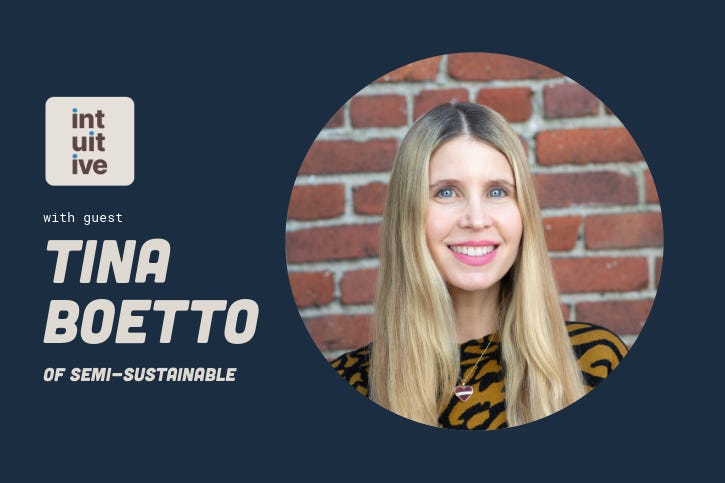
![Episode 24. Rambling in [Intuitive] Style, with Traci Landy Episode 24. Rambling in [Intuitive] Style, with Traci Landy](https://substackcdn.com/feed/podcast/2669400/post/177614968/9bbc5a3f73fab5e46b0a064fb5bff6b4.jpg)
